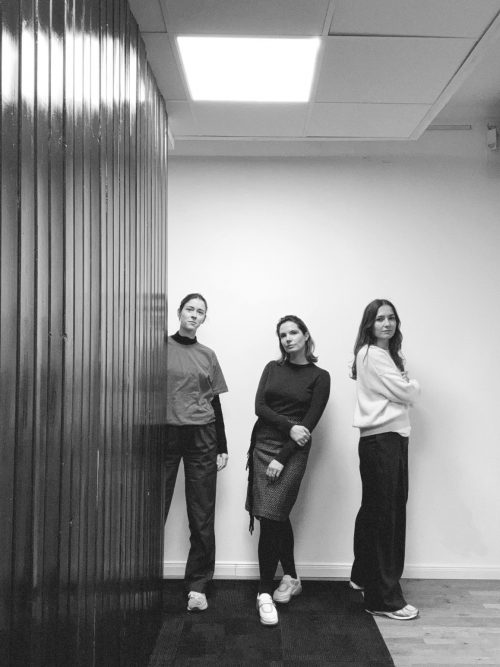
Groupshow
FIGURE — GROUND 2
Project Info
- 💙 Kunstverein KunstHaus Potsdam e.V.
- 💚 Rahel Schrohe
- 🖤 Groupshow
- 💜 Rahel Schrohe, Translation: Ying Sze Pek
- 💛 Nick Ash
Share on
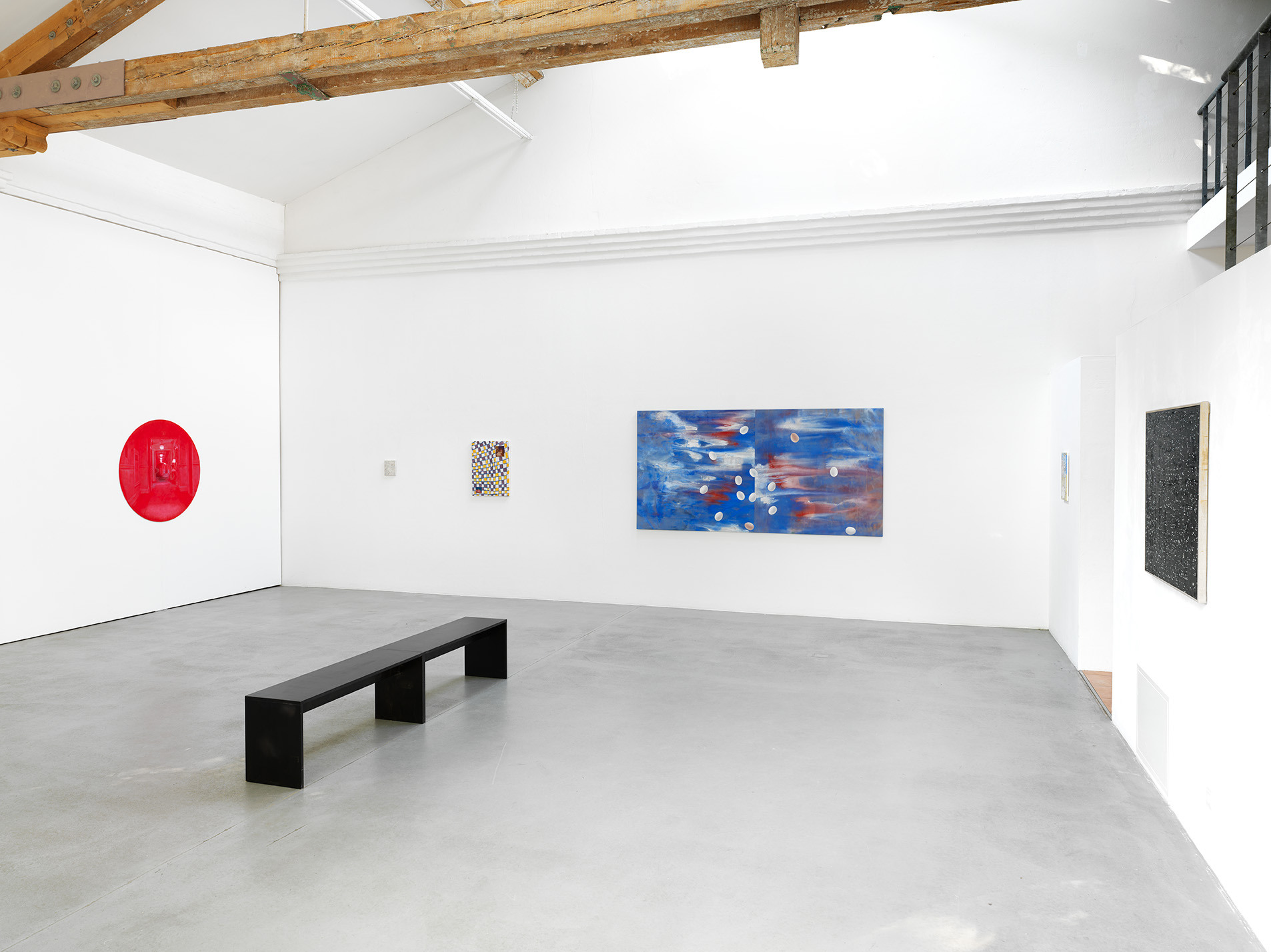
FIGURE — GROUND 2, exhibition view, Kunstverein KunstHaus Potsdam, 2022, photo: Nick Ash
Advertisement
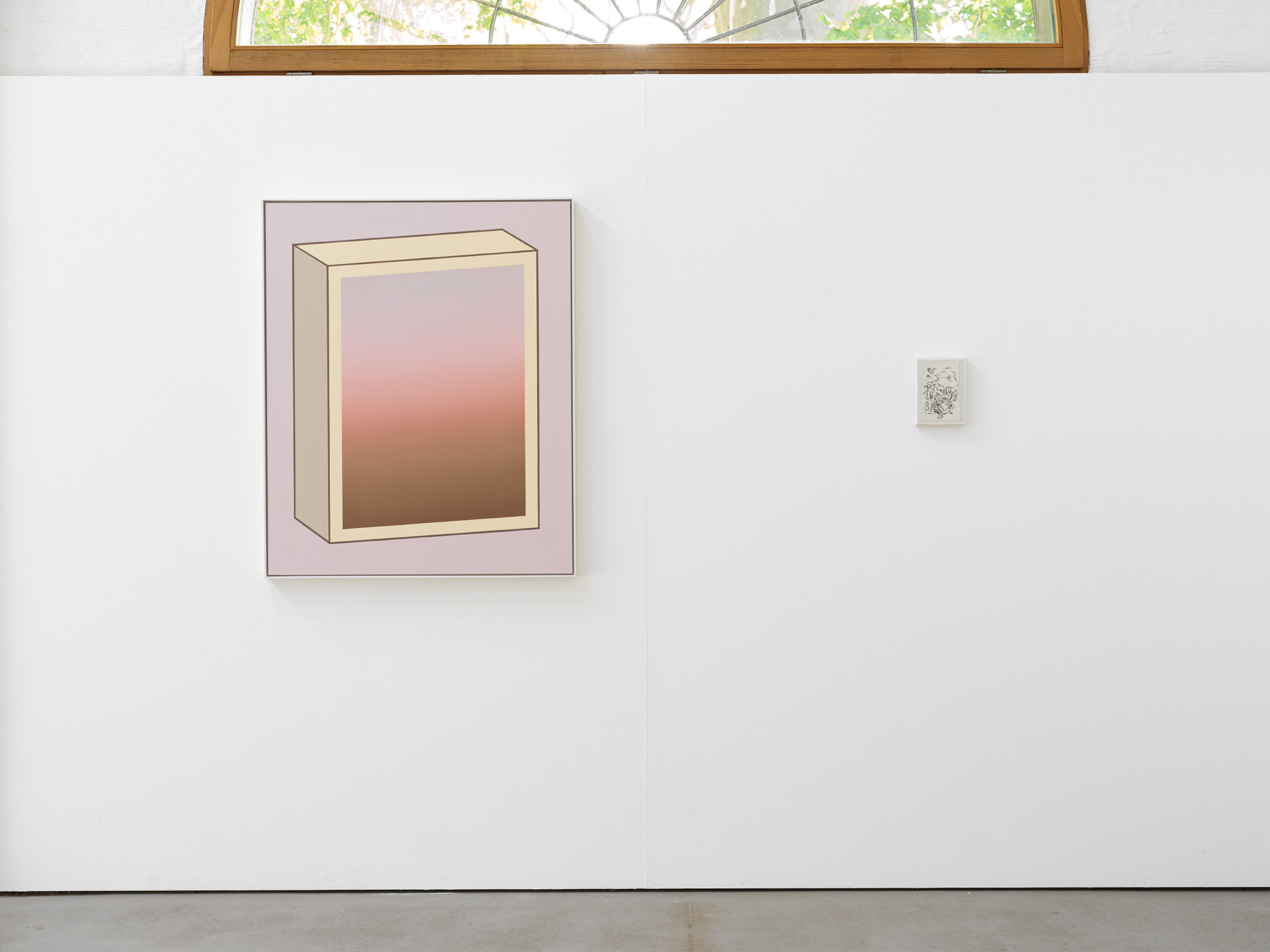
FIGURE — GROUND 2, exhibition view, Kunstverein KunstHaus Potsdam, 2022, photo: Nick Ash
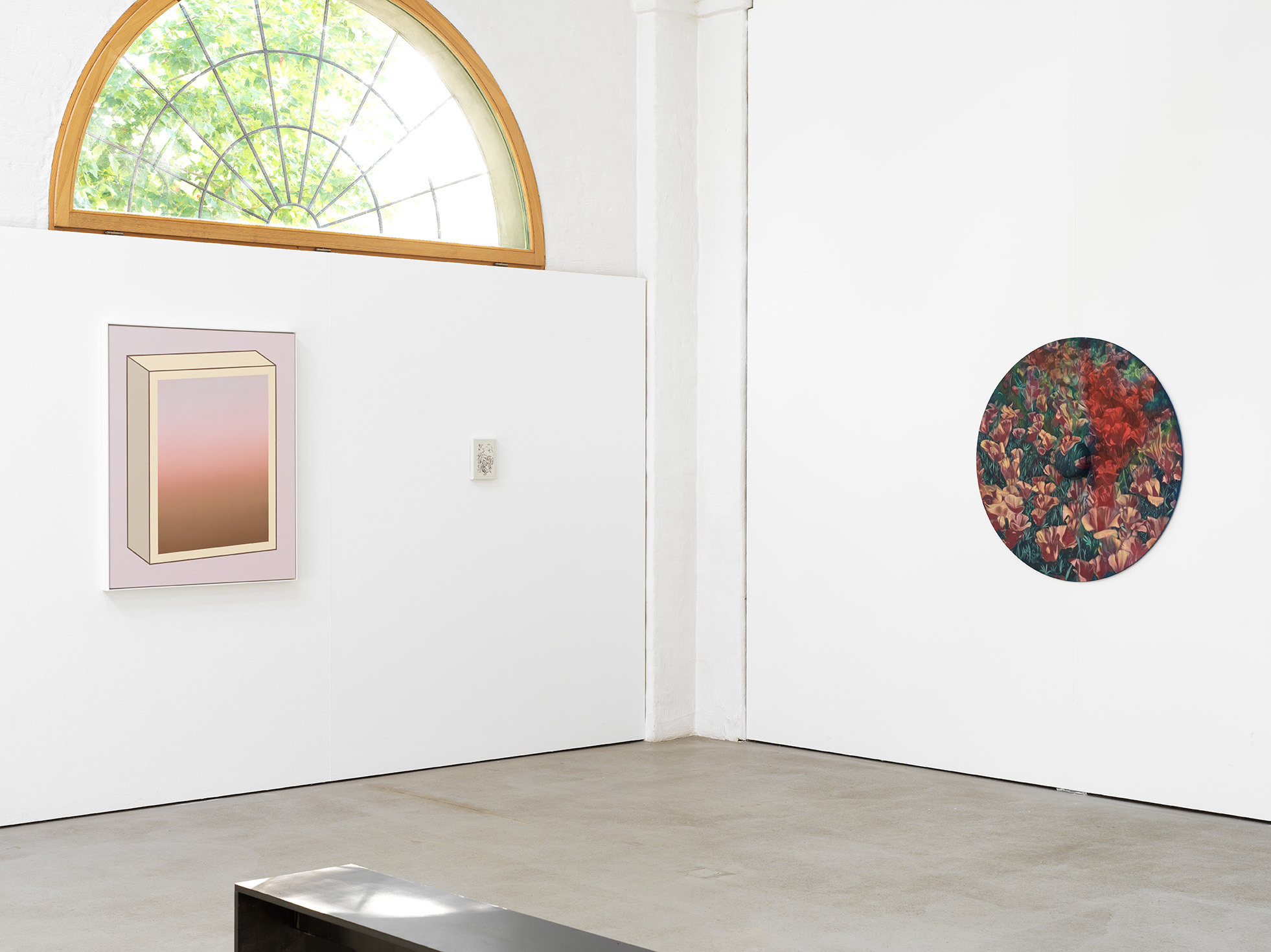
FIGURE — GROUND 2, exhibition view, Kunstverein KunstHaus Potsdam, 2022, photo: Nick Ash
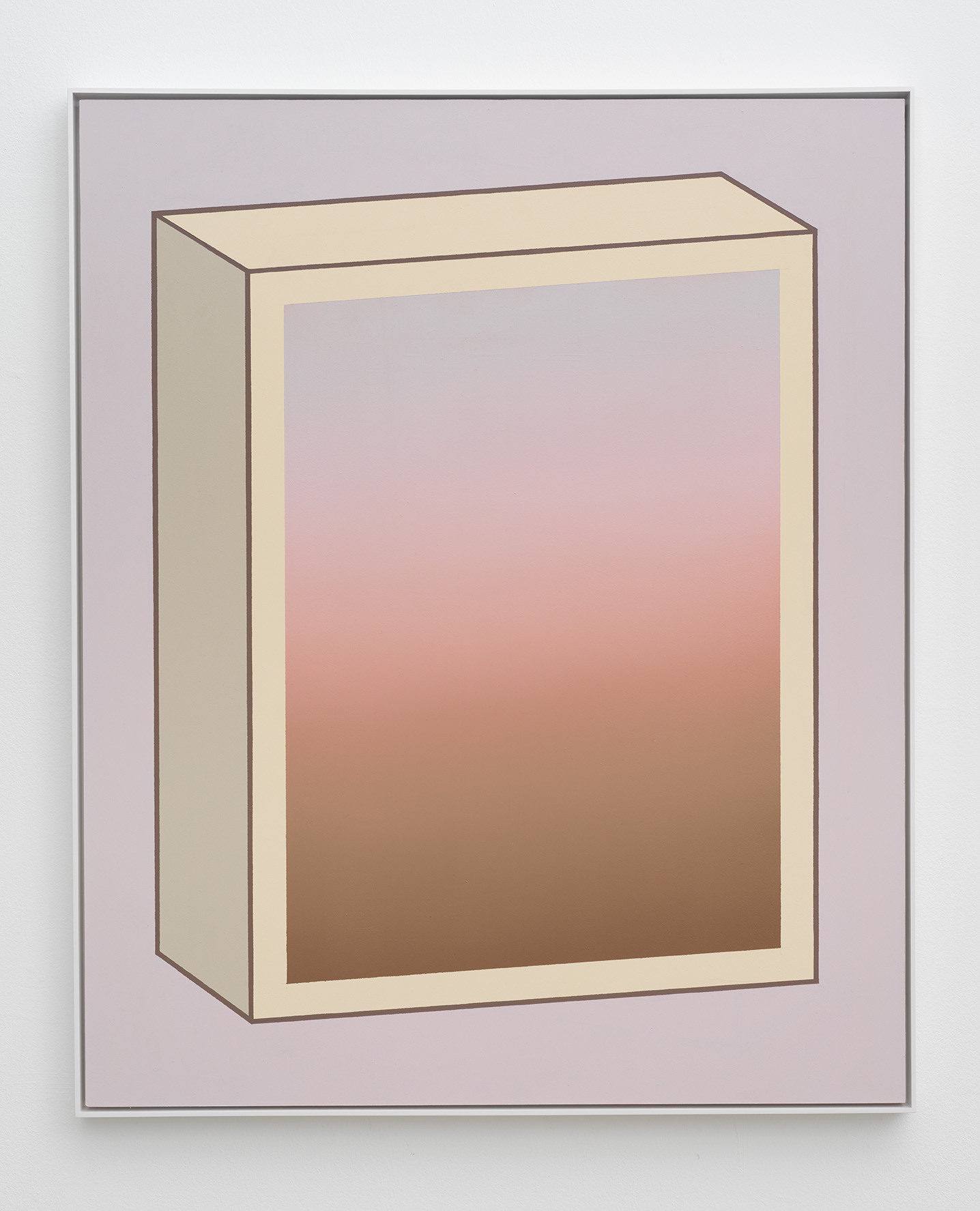
Marlen Letetzki, Untitled, 2021, oil and acrylic on aluminium, 110 x 90 cm, Courtesy the artist and Feldbusch Wiesner Rudolph, Berlin, photo: Nick Ash

Cosima zu Knyphausen, The Poem, 2022, ink, modelling paste and vinyl color on fabric, 20 x 15 cm, Courtesy the artist and Weiss Falk, Basel, photo: Nick Ash
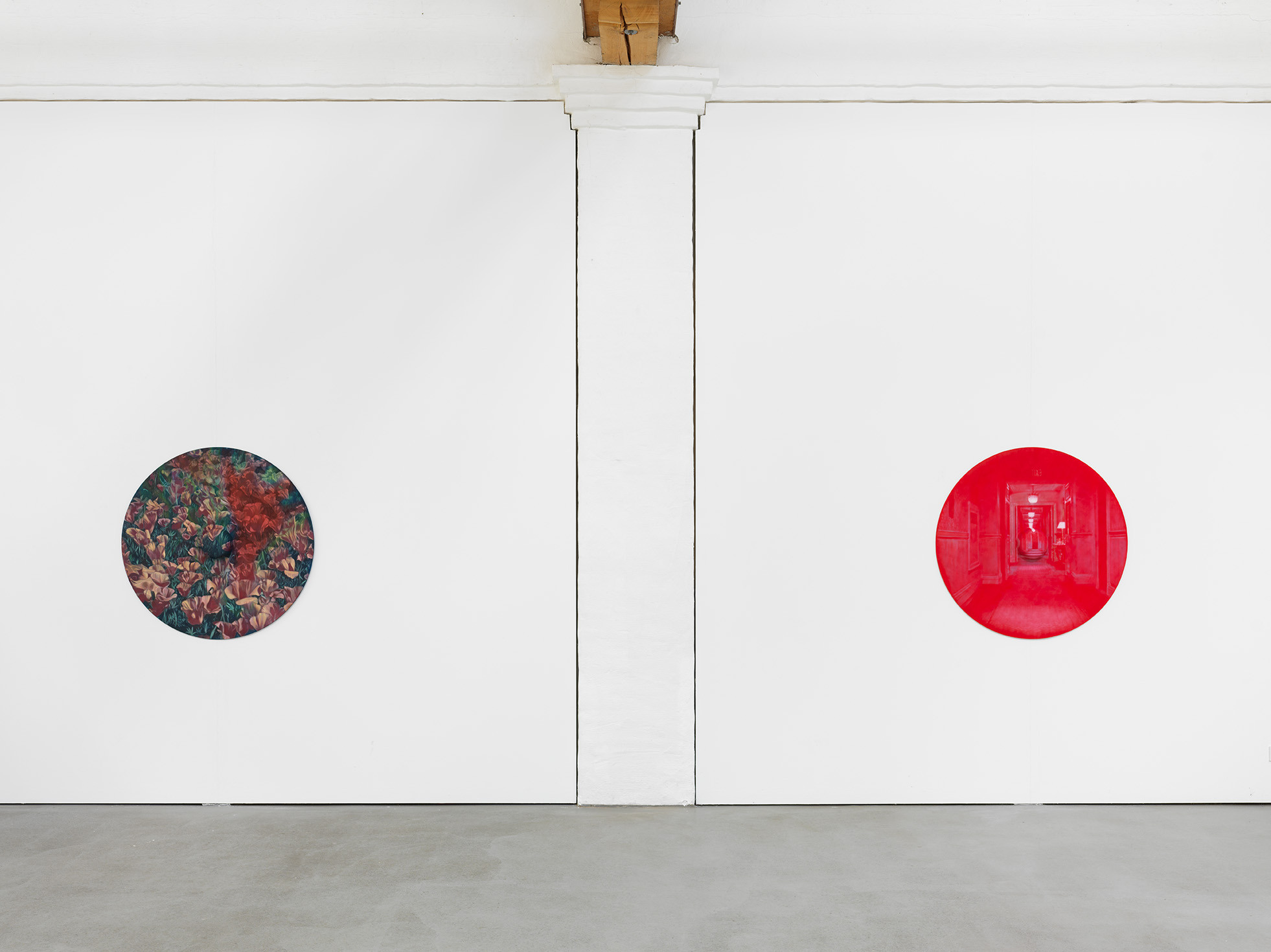
FIGURE — GROUND 2, exhibition view, Kunstverein KunstHaus Potsdam, 2022, photo: Nick Ash

Melanie Ebenhoch, After the Poppy Field (Wizard of Oz), 2021, oil on resin, Ø 110 cm, Courtesy the artist and Galerie Martin Janda, photo: Nick Ash

Melanie Ebenhoch, After the Hallway (Secret Beyond the Door), 2022, oil on resin, Ø 110 cm, Courtesy the artist and Galerie Martin Janda, photo: Nick Ash
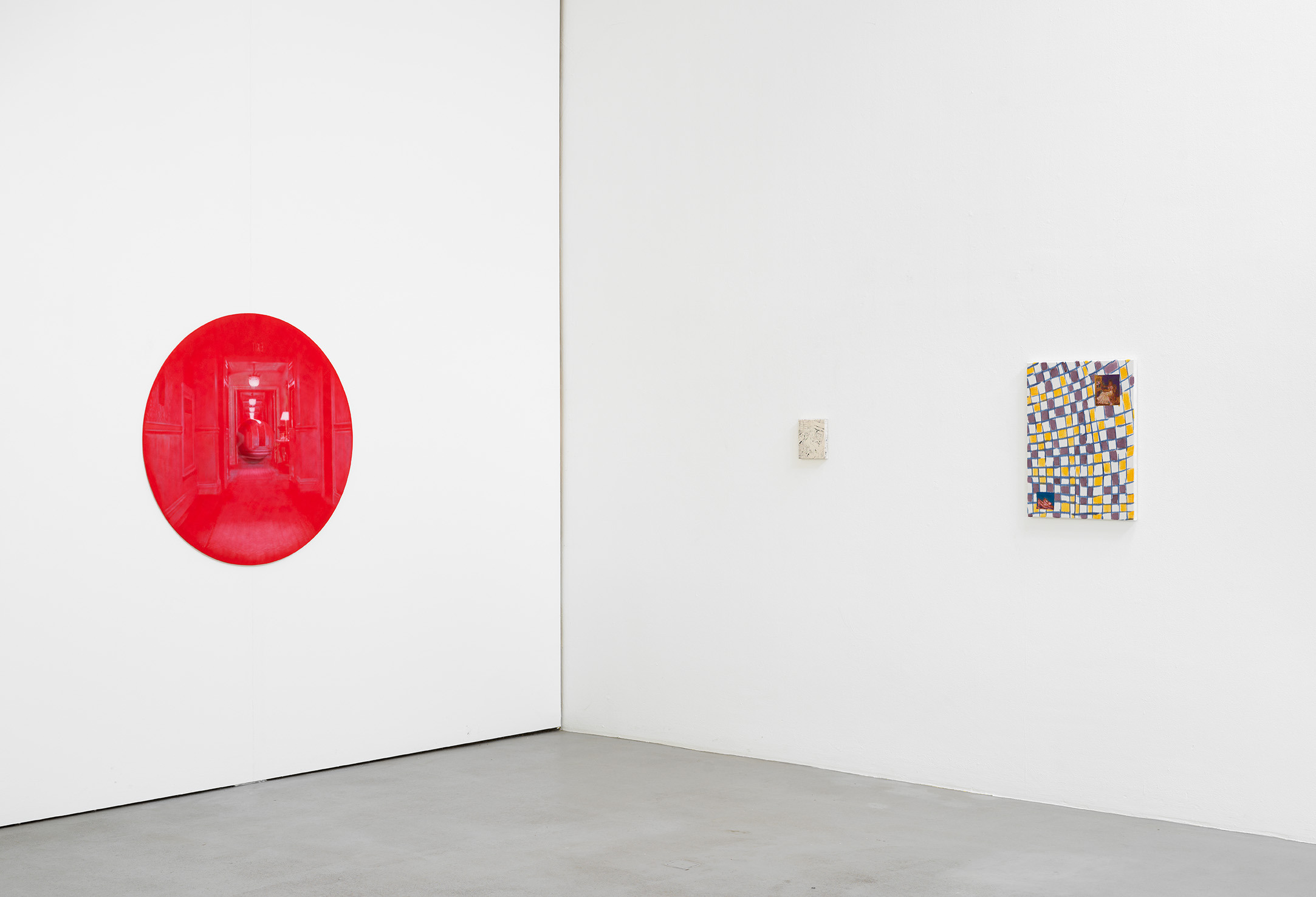
FIGURE — GROUND 2, exhibition view, Kunstverein KunstHaus Potsdam, 2022, photo: Nick Ash
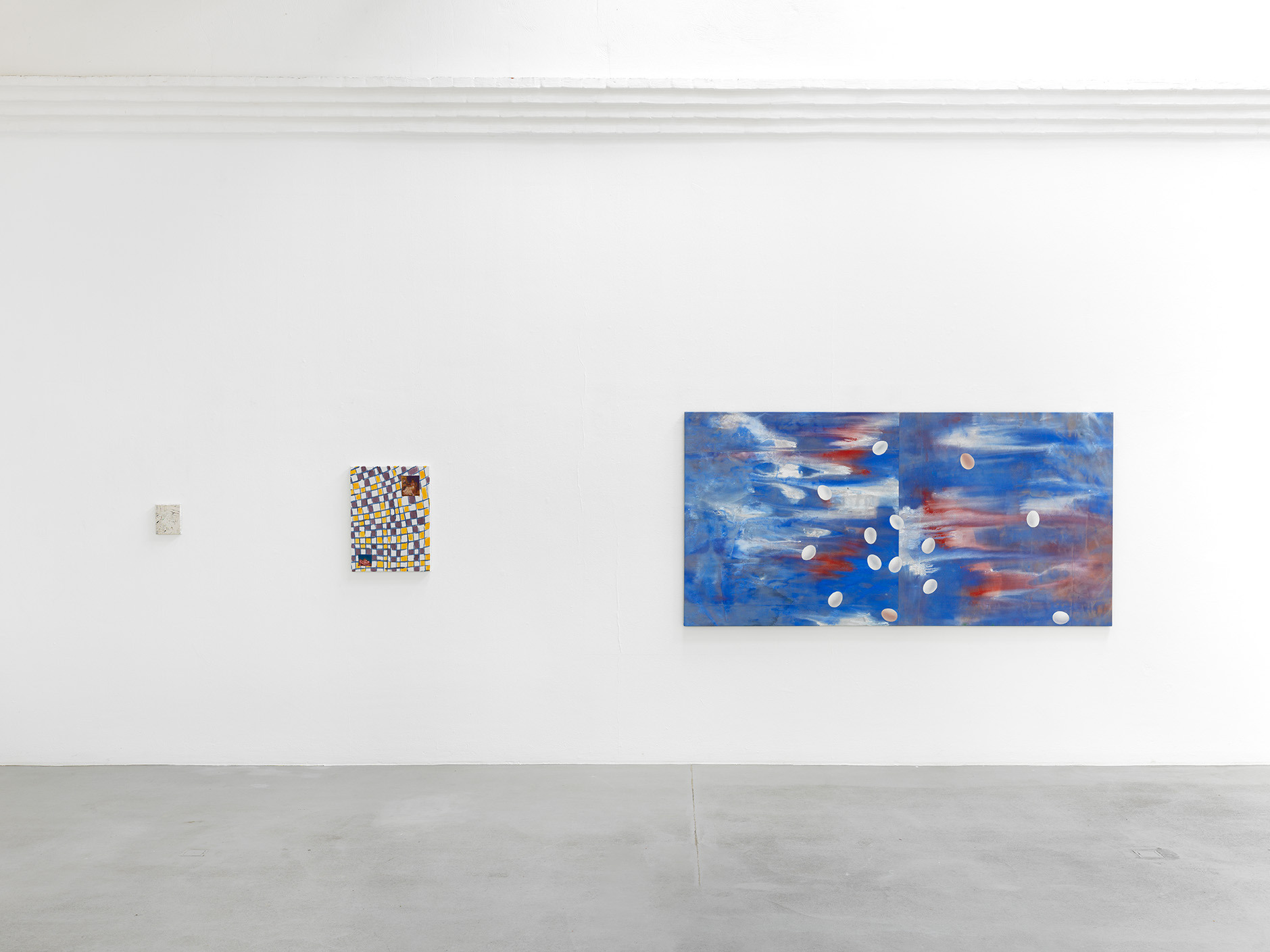
FIGURE — GROUND 2, exhibition view, Kunstverein KunstHaus Potsdam, 2022, photo: Nick Ash
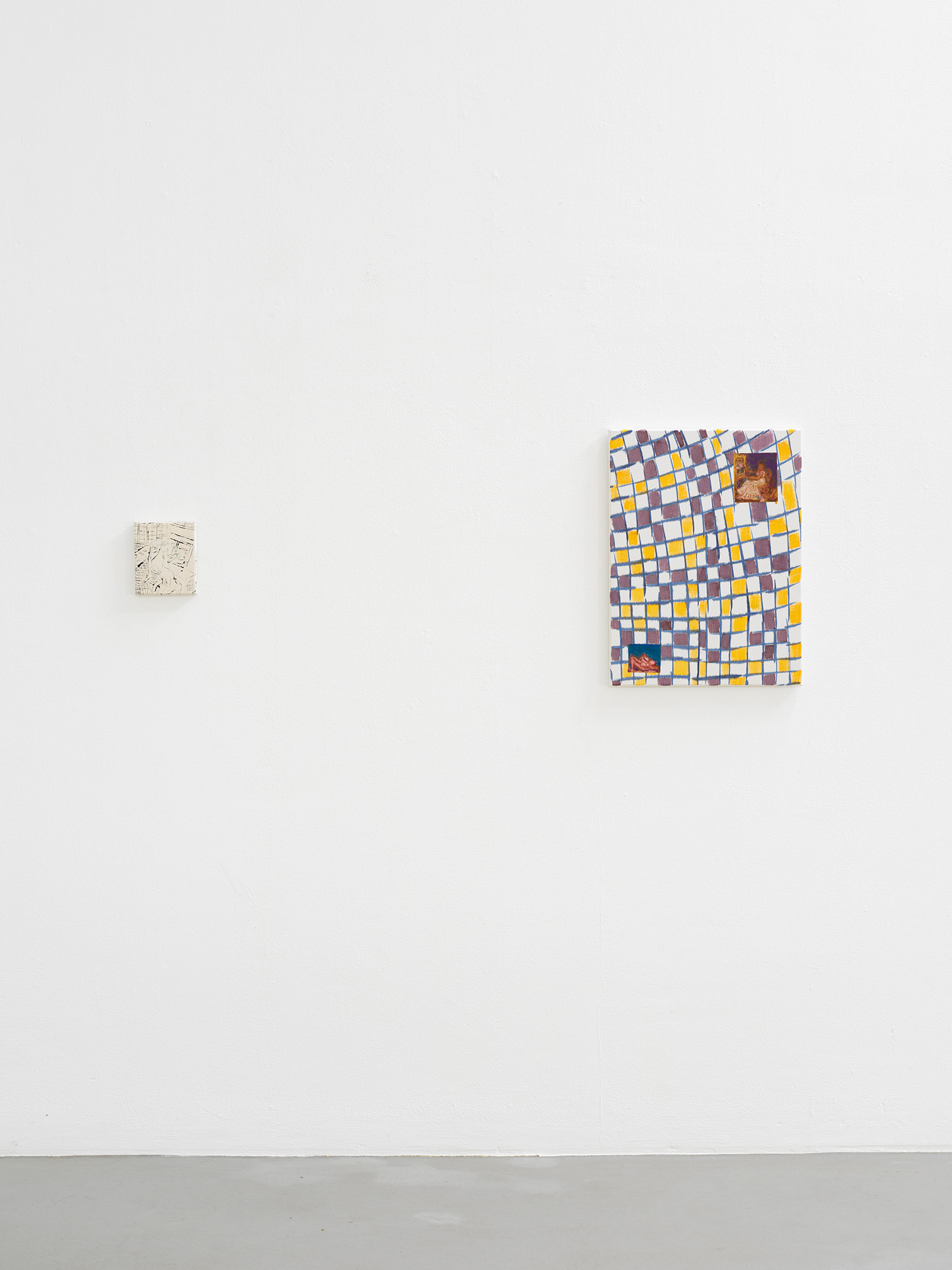
FIGURE — GROUND 2, exhibition view, Kunstverein KunstHaus Potsdam, 2022, photo: Nick Ash
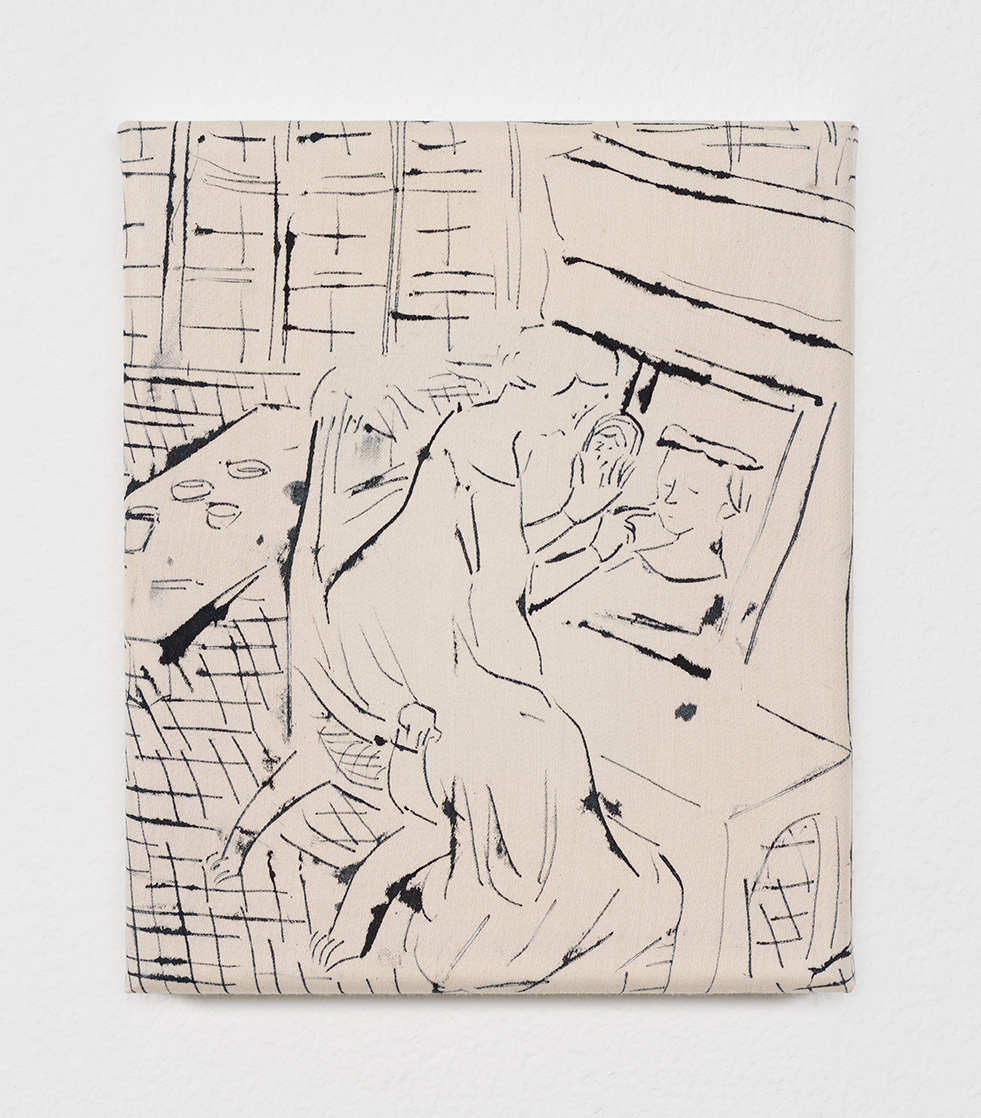
Cosima zu Knyphausen, Fair to my eyes, and pleasing to my sight, 2021, ink on cotton, 18 x 15 cm, Courtesy the artist and Weiss Falk, Basel, photo: Nick Ash
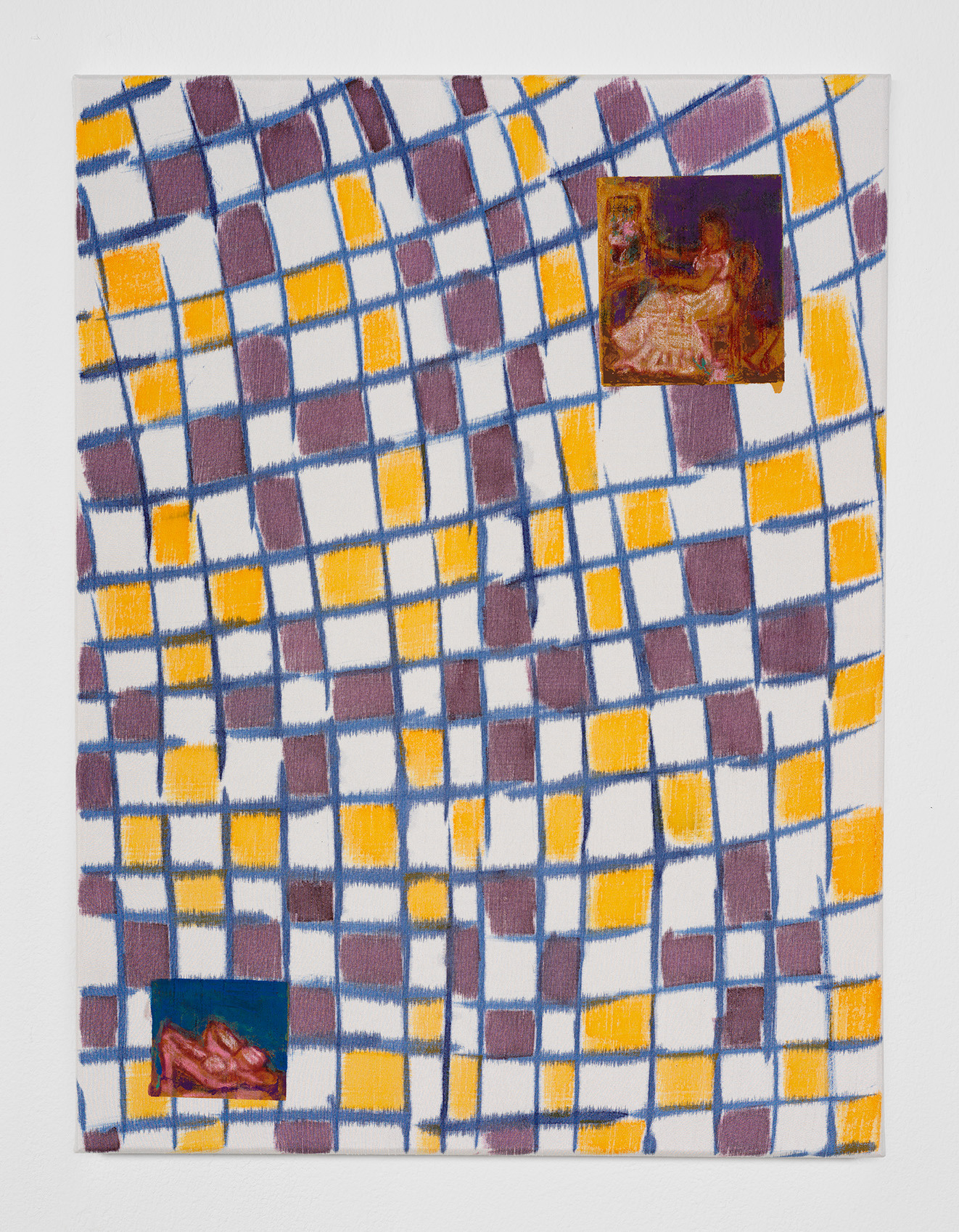
Cosima zu Knyphausen, Muster (Eva), 2022, ink, pastell and vinyl color on fabric, 64 x 48 cm, Courtesy the artist and Weiss Falk, Basel, photo: Nick Ash
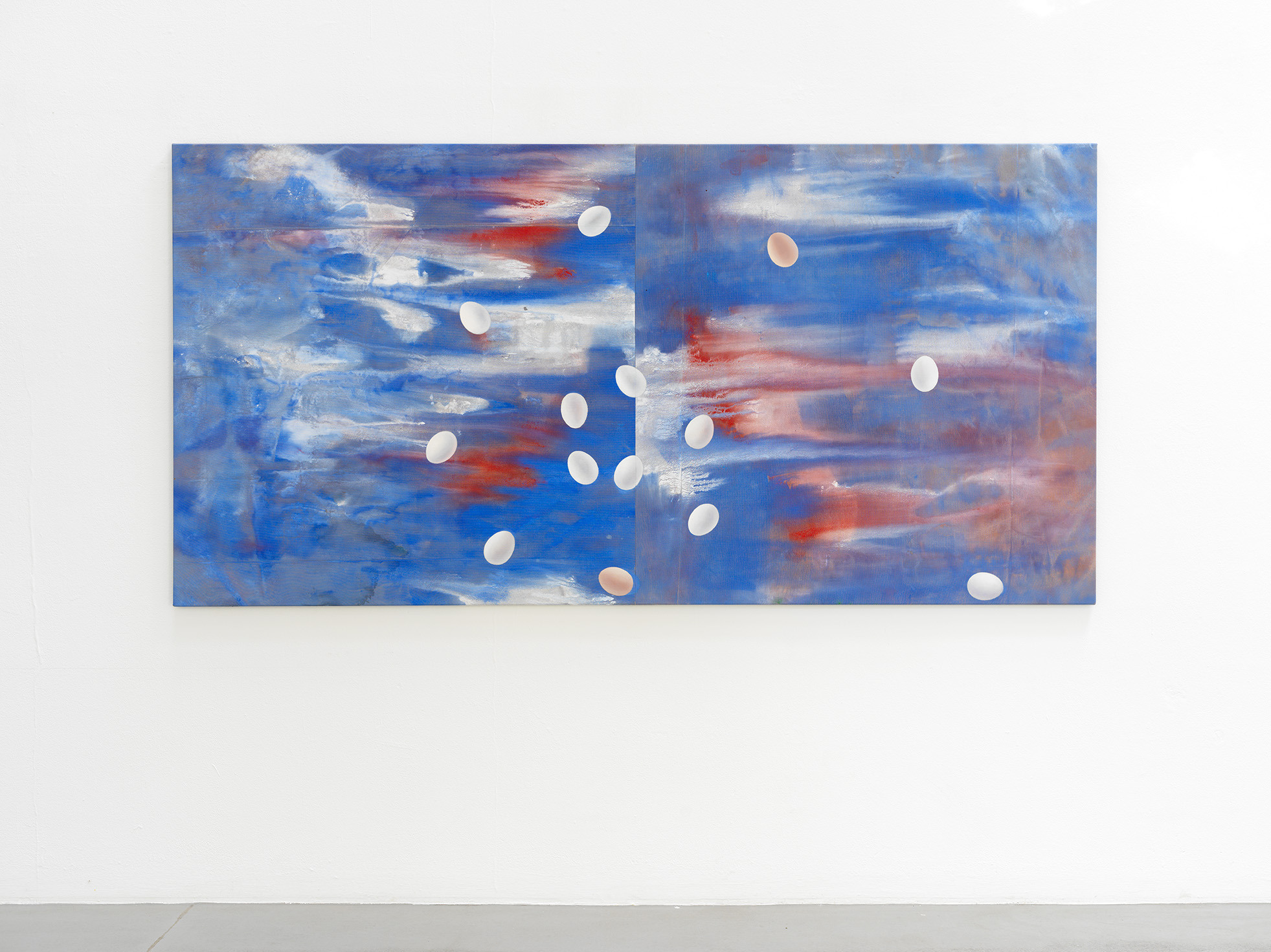
Katharina Schilling, Send in the Clowns (One at a Time), 2022, pigment and oil on canvas, 130 x 260 cm, Courtesy the artist, photo: Nick Ash
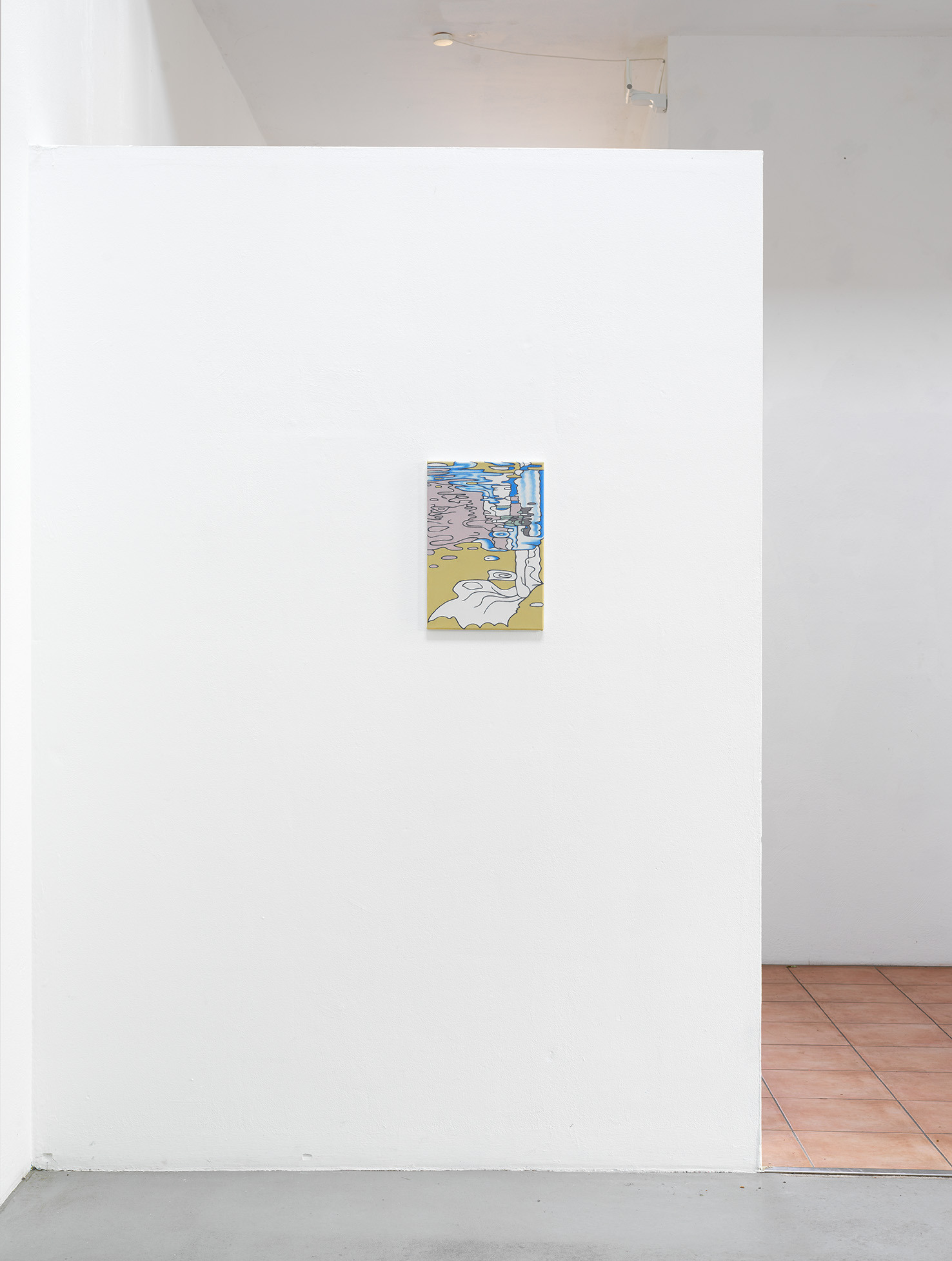
Katharina Schilling, decreation, 2021, oil on canvas, 40 x 28 cm, Courtesy the artist, photo: Nick Ash
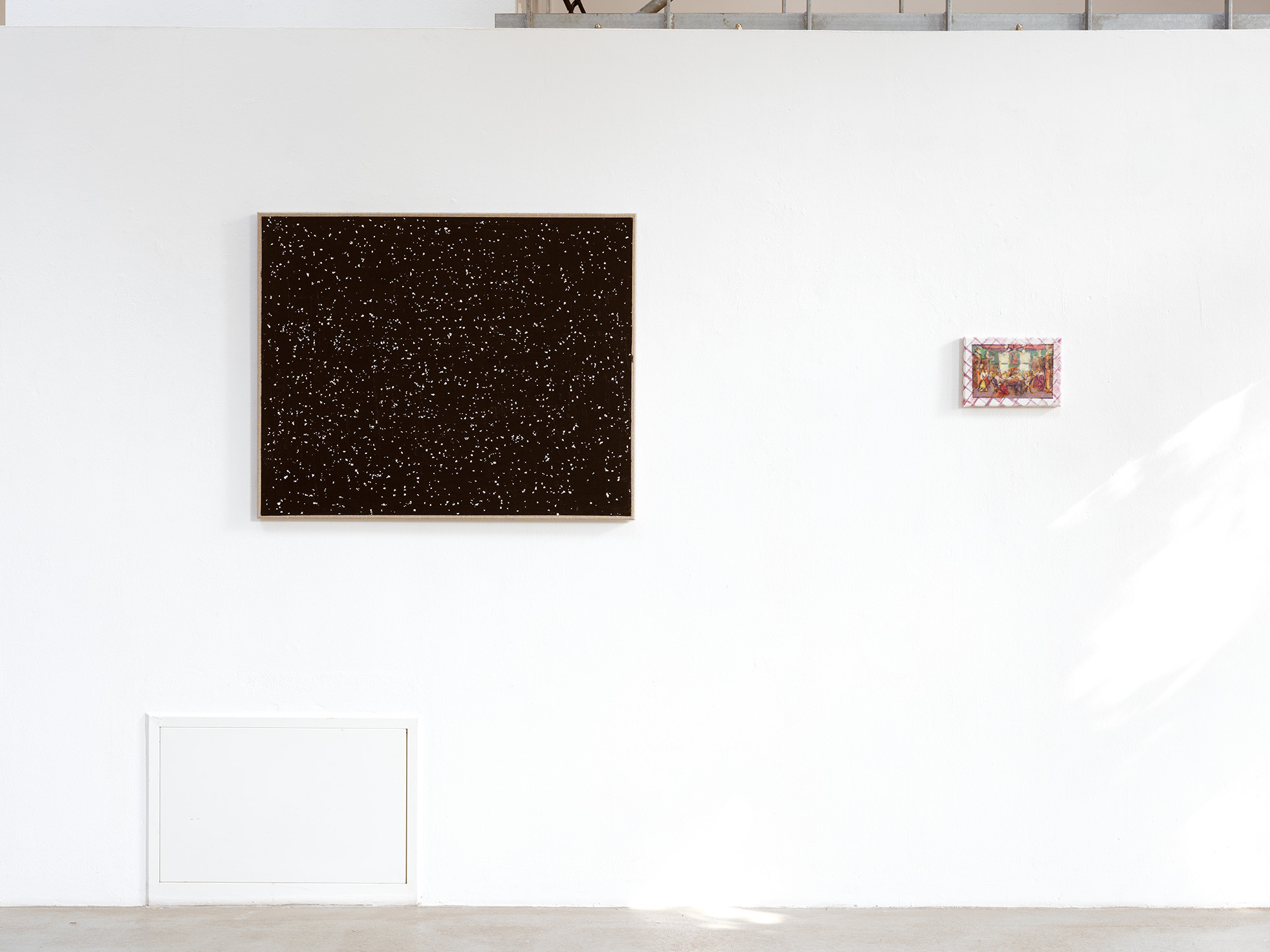
FIGURE — GROUND 2, exhibition view, Kunstverein KunstHaus Potsdam, 2022, photo: Nick Ash

FIGURE — GROUND 2, exhibition view, Kunstverein KunstHaus Potsdam, 2022, photo: Nick Ash
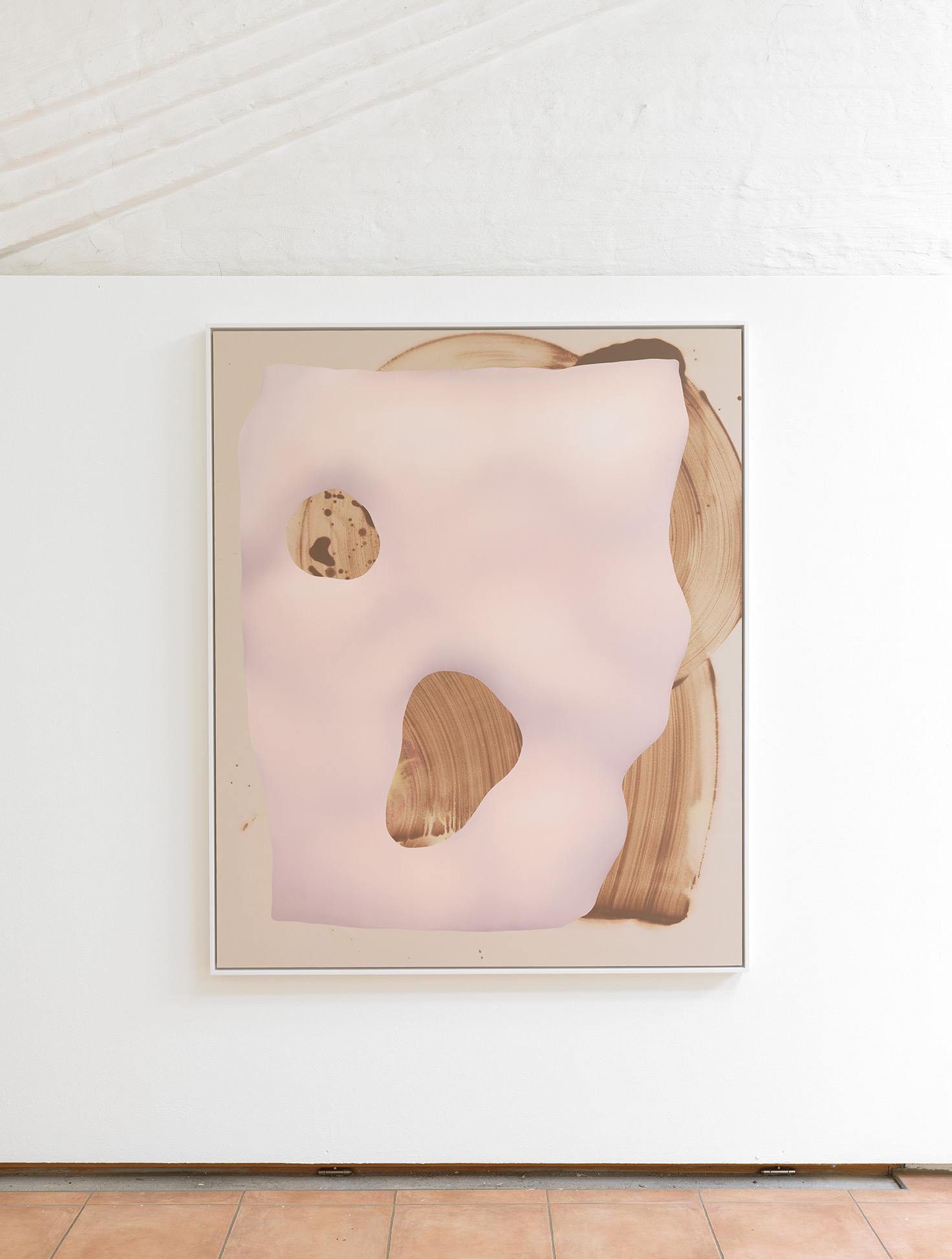
Marlen Letetzki, Untitled, 2021, oil and acrylic on aluminium, 110 x 90 cm, Courtesy the artist and Feldbusch Wiesner Rudolph, Berlin, photo: Nick Ash

FIGURE — GROUND 2, exhibition view, Kunstverein KunstHaus Potsdam, 2022, photo: Nick Ash

Marlen Letetzki, Untitled, 2022, watercolor and acrylic on paper, 41 x 31 cm, Courtesy the artist and Feldbusch Wiesner Rudolph, Berlin, photo: Nick Ash
Painting, Dance, Fragile Bodies
The group exhibition “FIGURE — GROUND 2” brings together four recent positions on figurative oil painting: Melanie Ebenhoch, Cosima zu Knyphausen, Marlen Letetzki and Katharina Schilling. In their respective treatments of the relationship between figure and ground, their works explore dominant analog and digital regimes of the gaze. These works create optical illusions and new symbolisms. They question the means of representation and their cultural historical or sociopolitical determination. In short, they cause the figurations, which have crystallized in contemporary image flows, to dance.
The four painters were born between 1984 and 1990 and were trained at art academies in German-speaking countries. It is perhaps overstated to speak of a generation, but all four artists are interested in the borders of genre, materials, and the vocabulary of form. They operate in the frame of the mobile painting – in the classical sense – that hangs on the wall and, with it, in the space for maneuver that opens with the setting of boundaries: selection and treatment of the pictorial medium, the painterly act, the handling of oil colors, the shaping of the relationship between figure and ground. . .
Each of the four painters has developed a characteristic visual language and a specific artistic concept in recent years.
In the work of Melanie Ebenhoch (b. 1985 in Feldkirch, Austria, lives in Vienna), American popular culture provides a constant cause for examination. In this way, the artist references in her two works “After the Poppy Field (Wizard of Oz)“ and “After the Hallway (Secret Beyond the Door),“ both shown in the exhibition, two American film productions: Victor Fleming’s “The Wizard of Oz“ (1939) and Fritz Lang’s “Secret Beyond the Door“ (1948). In both films, the female protagonist (Dorothy and Celia, respectively), although depicted in an altogether objectified manner, drive the narration of the film as independent figures. Ebenhoch does not show this figure so much as the havoc presaging, claustrophobia inducing space that surrounds this figure in the films. The tondi, fastidiously painted in oil colors, are cast in epoxy and possess an almost sculptural presence. In the middle of the tondi, the painting is embossed in a lens-like manner, such that this part of the painted picture – the door at the end of the corridor, a detail in the poppy flowers that almost appears psychedelic – is turned outward. Is the painting’s gaze directed back at the viewer?
The work in painting of Cosima zu Knyphausen (b.1988 in Houston, Texas, raised in Chile, lives in Berlin) is formed in many layers and is constituted – in part over a long passage of time – out of the painting’s textile ground, by which individual themes and motifs repeatedly recur. These include, on the one hand, seemingly quotidian and private scenes of the artist’s everyday life or atelier, which, however, evoke an impression of iconicity and universal validity in specific compositions. On the other hand, there are the examinations of Christine de Pizan, author of the early feminist text “Le Livre de la Cité des Dames“ (c. 1405), or of the works of painters like Artemisia Gentileschi, Mary Cassatt, Berthe Morisot or Lotte Laserstein, in which the depiction of female figures is emphasized. In zu Knyphausen’s often small-format works, historical references and contemporary discourses combine in a new art and cultural historical canon and in an alternative history of female intimacy.
Marlen Letetzki (b.1990 in Weimar, lives in Berlin) allows the act of painting to develop into an almost sculptural process: with the aid of 3D software, she designs and models in virtual space image-objects that will later find their way onto the physical painting support. With this, she varies between two contrasting materialities. First, the artist works on brilliant, smooth aluminum panels of different sizes
with acrylic and thick oil paint, which can be worked on for a long time; second, she deploys oil paint and fluid watercolors on small-format, absorptive paper. The figures that she has created digitally and reproduced in analog flicker between fictive invention and recognizability, between display surface and infinite pictorial depth. At times, Letetzki’s works mislead: often she presents textured, thickly applied
brushstrokes, which instead turn out to be painted meticulously with a brush. They always challenge our perception: up to which point is something visible, until which moment does a form, an object, a brushstroke remain recognizable, before it comes to abstraction and a pure progression of color?
The large-format painting of Katharina Schilling (b. 1984 in Cologne, lives in Vienna) brings together two opposed ways of painting – an abstract formal language meets a figurative one. In an open-ended process that is bound to chance, the unprepared canvas is worked on, soaked, or folded by the artist with water that has been mixed with pigments. Schilling sews together selected sections of the dried fabric into a deep, standalone pictorial ground, onto which she includes realistically painted, richly
associative, and symbolically connotative objects, such as shadowless, floating riding spurs, a dancing circle of peaches, a spiral of eggs. Both ways of painting could be considered anti-subjective, yet they depend on the subjective gesture of the brushstroke. In her small-format paintings, Schilling translates fragments of gothic illuminated manuscripts in new pictorial inventions; facelessly pacing figures
wrapped in long robes are reflected in a water surface, partly dissolving. In the exhibition, the artist’s different ways of painting are juxtaposed: openings in which differently shaped concepts and units engage each other in relations of productive tension thus emerge.
The four artists have in common their exuberant, feminist reflection on contemporary and historical image worlds through painterly means, alongside their evident technical flair. Their works make clear that figuration always “raises . . . the question of the political valence of the ‘figure’ in question, in relation to its ‘ground’ (environment, site, space, or community).”1 In this way they show bodies as fragile entities, as subject to and shaped by different influences. Ebenhoch, zu Knyphausen, Letetzki and Schilling reject the egomaniac form of painterly gesture and subtly expand, with productive and analytic distance, the possibilities of what “expression” and “subjectivity” can mean in contemporary painting.
In cooperation with fabrik moves Potsdam and the supra-regional cooperation and network project DiR – Dance in Residence Brandenburg, a video performance by Eva Burghardt, Elma Riza, and Susanne Soldan and a performative installation by Nir de Volff and Moran Sanderovich involving Potsdam residents, which interrogate the relationship between body and space and make reference to the works in the exhibition, will take place in KunstHaus Potsdam during the period of exhibition. The painted pictorial spaces that are made visible on the painting support and their figures are brought into relation with the bodies in the space of exhibition. With the juxtaposition of painting and dance, an attempt is made at dissolving the equally dividing and connective boundaries between image and space and to
integrate the painted image in the surrounding space. The exhibition “FIGURE — GROUND 2“ marks the conclusion of the two-part exhibition project “FIGURE — GROUND,“ as well as Kunstverein KunstHaus Potsdam’s annual program this year of the same name. On the occasion of the exhibition, an extensively illustrated catalogue featuring a conversation between the four painters and the exhibition’s curator will
be published.
1 Amelia Jones: Figuration und der (lebendige) Körper; in: Texte zur Kunst 122 (2021), S. 79.
Rahel Schrohe, Translation: Ying Sze Pek


